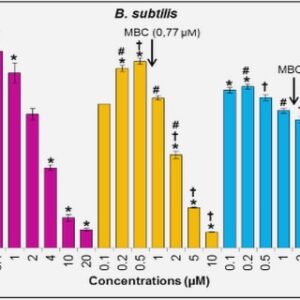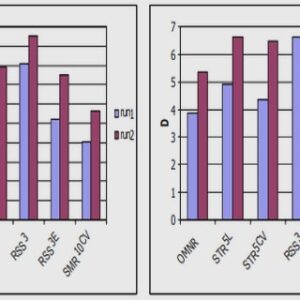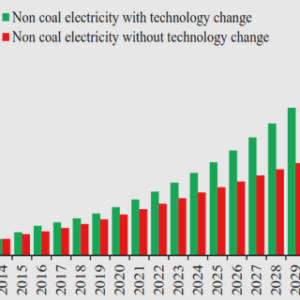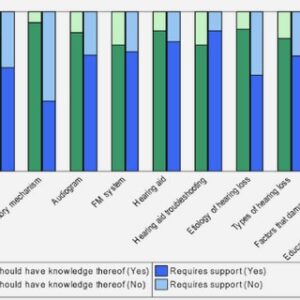(Downloads - 0)
For more info about our services contact : help@bestpfe.com
Table of contents
I General Introduction
1 Enter the void
1.1 Watching a galaxy
1.2 The Interstellar Medium
1.3 The Interstellar Radiation Field
2 Interstellar Dust
2.1 Discovery, history and context
2.2 Dust extinction
2.2.1 Some definitions
2.2.2 Dust physics properties
2.2.3 Measurements of dust extinction
2.2.4 The Diffuse Interstellar Bands
2.3 Dust emission
2.3.1 Thermal equilibrium
2.3.2 Stochastic heating
2.3.3 Aromatic-rich (cyclic) carbonaceous
2.4 Elemental abundances and dust composition
2.5 Grain sizes
2.6 Dust grain models
2.6.1 Draine & Li (2007)
2.6.2 Compiègne et al. (2011)
2.6.3 THEMIS
2.6.4 Calibration
2.7 Observations and Instruments
II Modeling dust emission in the Magellanic Clouds
3 Fitting the IR emission in nearby galaxies
3.1 Context of this study
3.2 Studying nearby galaxies
4 The Magellanic Clouds: close neighbors
4.1 Description of the Clouds
4.2 Interest of the MCs
4.3 Data used in this study
5 Tools and computation
5.1 DustEM
5.2 DustBFF
5.3 Model (re-)calibration
6 Model comparison
6.1 Using a single ISRF
6.2 Using multiple ISRFs
6.3 Varying the small grain size distribution
7 Dust properties inferred from modeling
7.1 Parameter spatial variations
7.2 Silicate grains abundance
7.3 Dust masses and gas-to-dust ratios
8 Exploring the impact of inferred dust properties
8.1 Grain formation/destruction
8.2 Extinction curves
8.3 Other variations in dust models
8.3.1 Change in carbon size distribution
8.3.2 Allowing smaller silicate grains
8.3.3 On the recalibration
8.4 Impact of the ISRF shape
8.5 Using Draine & Li (2007)
9 Conclusions and perspectives on dust in the Magellanic Clouds
III Systematics in Dust Modeling
10 Using radiative transfer in dust studies
10.1 The Radiative Transfer method
10.2 The Radiative Transfer Equation
10.3 Finding a way to solve
10.3.1 3D Discretization
10.3.2 Make the photons move
10.3.3 Monte Carlo solution
11 The DIRTYGrid
11.1 DIRTYGrid description
11.2 Public distribution
12 Methodology
12.1 The fitted: SEDs from the DIRTYGrid
12.2 The fitter: full dust model
12.2.1 Draine & Li (2007)
12.2.2 THEMIS
12.2.3 Model Calibration
12.3 Fitting technique
13 Fitting results
13.1 Using an identical model
13.1.1 Quality of the fits
13.1.2 Recovering dust masses
13.1.3 Finding the PAH Fraction
13.1.4 Investigating the parameter ranges
13.2 Using a different dust composition
13.3 More DIRTYGrid variations
13.3.1 Continuous vs Burst Star formation
13.3.2 Clumpy vs Homogeneous dust distribution
14 Dust RT: conclusions and perspectives
IV General Conclusion & Perspectives




